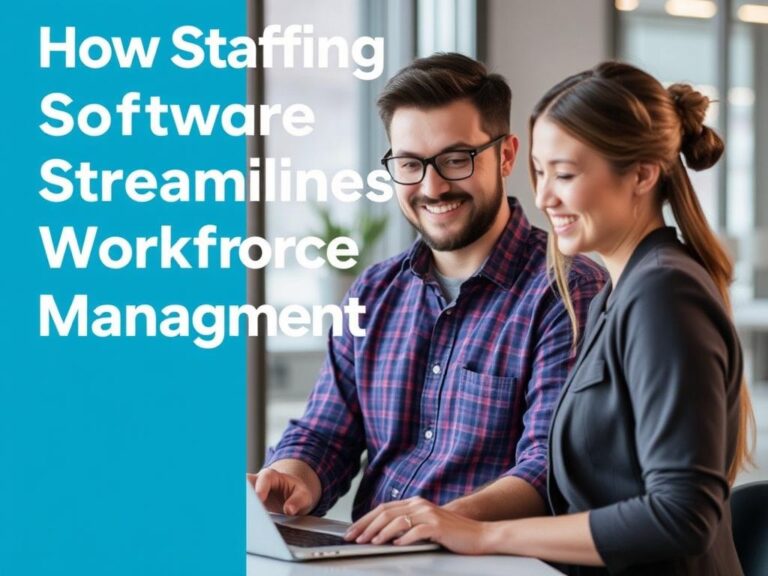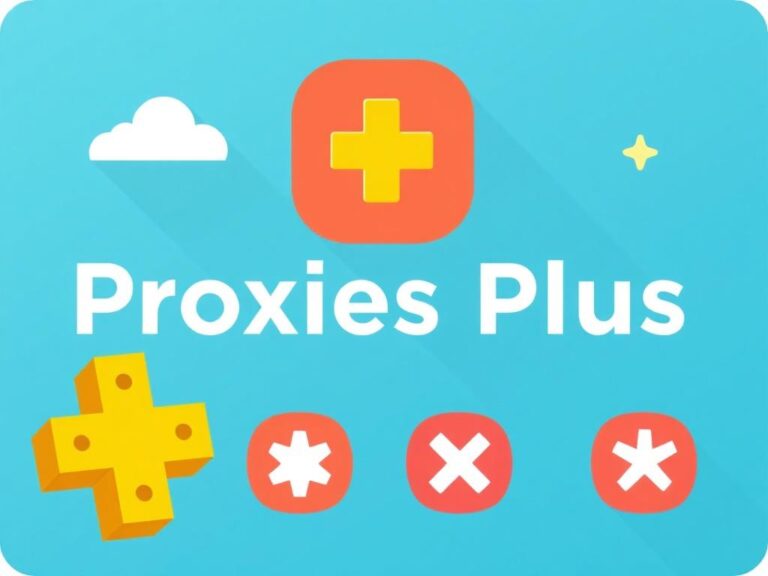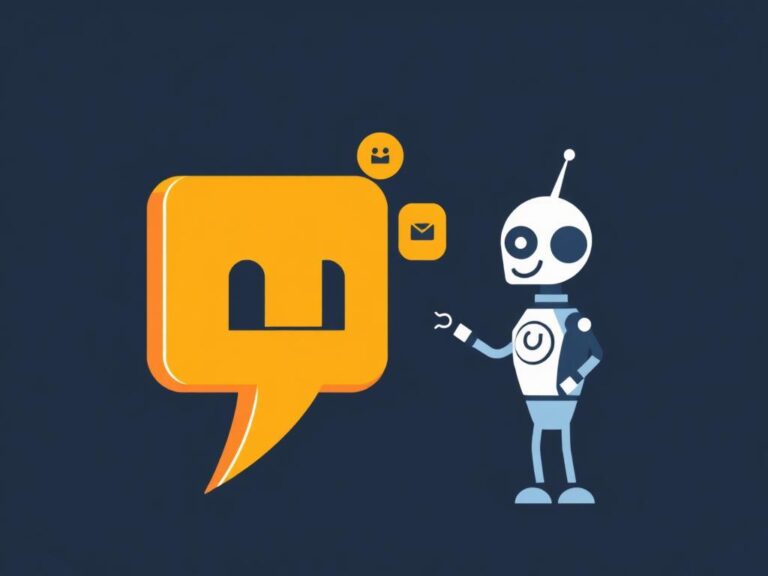Using Staffing Software to Reduce Employee Turnover: A Game-Changer for Modern Businesses
Employee turnover is one of the most significant challenges that businesses face today. High turnover rates can disrupt workflows, drain company resources, and negatively impact team morale. But what if there was a powerful tool that could help leaders not only manage their workforce more effectively but also reduce the frequency of employees leaving their jobs? Enter staffing software—a technological solution that’s rapidly transforming how companies hire, schedule, and retain talent. In this article, we’ll explore how using staffing software to reduce employee turnover can create a more stable and productive workplace, and why more organizations are turning to these digital tools for answers.
Understanding Employee Turnover and Its Impact
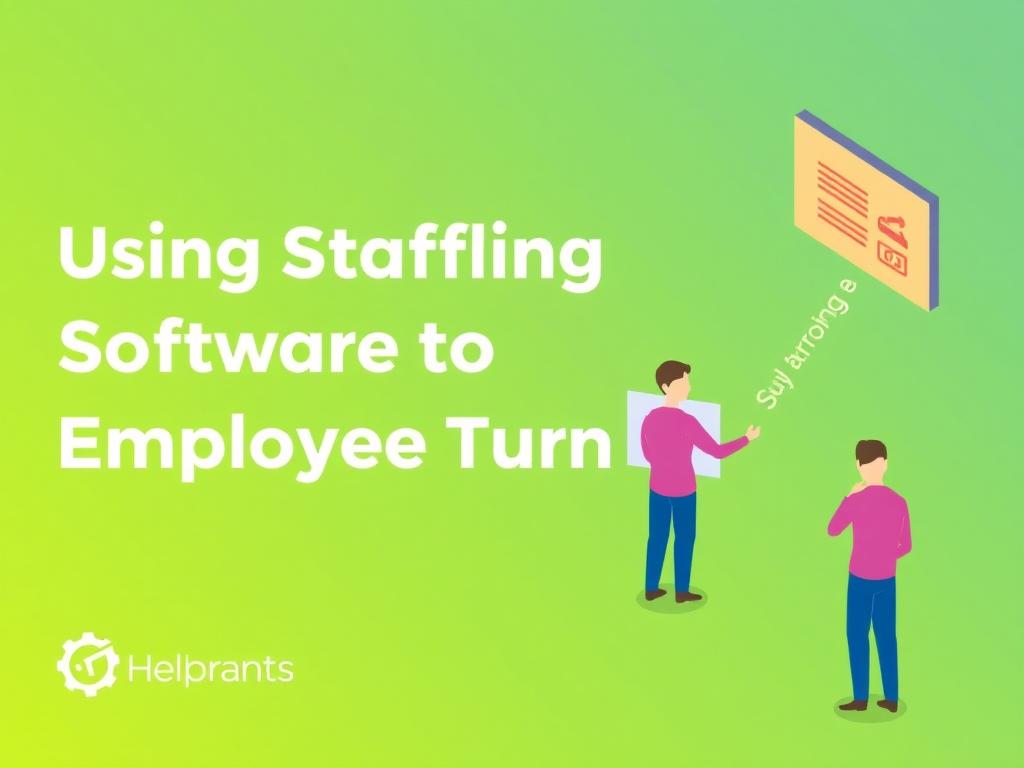
Before diving deep into staffing software, it’s essential to understand why employee turnover matters so much. Employee turnover refers to the rate at which employees leave a company and need to be replaced. There are two main types: voluntary, where employees leave on their own accord, and involuntary, such as layoffs or dismissals. High turnover disrupts productivity, as it leads to recruitment costs, training new hires, and often a loss of institutional knowledge.
A few of the major consequences of employee turnover include lost productivity, increased recruitment and training costs, and reduced employee morale. For some industries, like retail, healthcare, or hospitality, turnover rates can be especially high, creating ongoing challenges in maintaining a skilled and reliable workforce.
How Staffing Software Works to Reduce Employee Turnover
Staffing software provides businesses with a range of tools that simplify and optimize workforce management. By automating many aspects of hiring, scheduling, and communication, these platforms help companies build better employee relationships and reduce factors that often cause employees to quit. Here are some key ways that staffing software works to reduce employee turnover:
- Streamlined Recruitment: Staffing software helps recruiters identify the right candidates faster through applicant tracking systems (ATS) and automated resume screening. Finding the right fit early reduces mismatch and dissatisfaction.
- Effective Scheduling: One common complaint among employees is inconsistent or inconvenient work schedules. Staffing software allows managers to create balanced and flexible schedules that consider employees’ availability and preferences.
- Improved Communication: Personal and clear communication encourages engagement. Many staffing tools include messaging features that keep employees informed and provide immediate updates, reducing frustration and misunderstandings.
- Performance Tracking and Feedback: These platforms help managers monitor employee performance in real-time and provide constructive feedback, making employees feel valued and motivated.
By directly addressing these pain points, staffing software helps reduce burnout and dissatisfaction, which are major contributors to voluntary turnover.
Key Features of Staffing Software That Drive Employee Retention
Not all staffing software is created equal – some platforms stand out based on the features that specifically target employee retention. Understanding these features can guide businesses in choosing the right solution.
| Feature | How It Helps Reduce Turnover | Example Use Case |
|---|---|---|
| Automated Scheduling | Reduces burnout by allowing fair shift distribution and accommodating employee preferences | Retail stores creating schedules that avoid frequent weekend shifts for the same employees |
| Applicant Tracking System (ATS) | Improves hiring quality by matching candidates to suitable roles | Healthcare facilities screening candidates with specific certifications |
| Communication Tools | Keeps employees engaged and informed, fostering strong relationships | Hospitality managers sending daily updates or last-minute shift changes |
| Performance Management | Helps identify outstanding employees and areas for improvement, boosting motivation | Call centers tracking customer feedback scores to reward top performers |
These features are not just about managing logistics—they are about creating an environment where employees feel supported and understood, which encourages them to stay longer.
Benefits of Using Staffing Software Beyond Turnover Reduction
While the most direct benefit of using staffing software is reducing employee turnover, there are several additional advantages that make the investment worthwhile:
- Increased Productivity: Automated scheduling and better matching improve overall productivity, as employees are assigned to roles that suit their skills and availability.
- Cost Savings: By minimizing turnover, companies save on recruitment and training expenses, which often run into thousands of dollars per employee.
- Better Compliance: Staffing software often includes compliance tracking to ensure businesses meet labor regulations, avoiding costly penalties.
- Better Employee Experience: Flexible schedules and clear communication improve job satisfaction, fostering a positive workplace culture.
These benefits create a cycle where a well-managed workforce leads to happier employees, which in turn leads to better retention.
Best Practices to Maximize the Impact of Staffing Software on Reducing Turnover
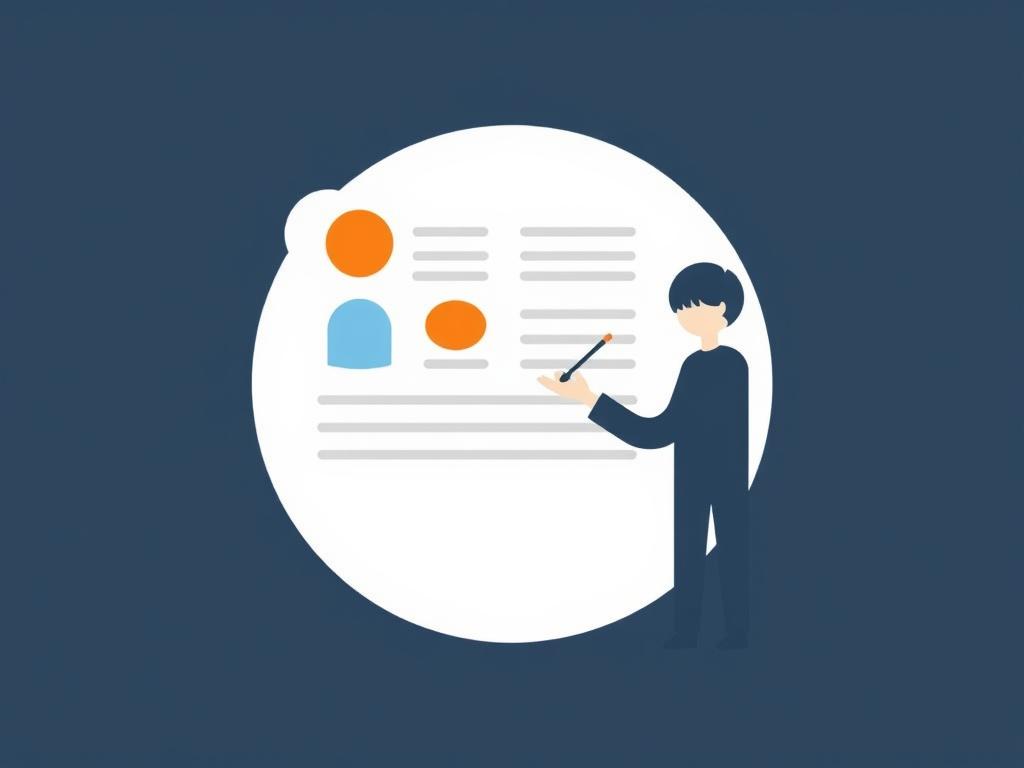
Implementing staffing software is only part of the solution. To truly reduce employee turnover, companies should adopt complementary practices alongside their software solutions.
- Provide Proper Training: Ensure that both HR teams and managers understand how to use the software effectively.
- Regularly Gather Employee Feedback: Use software tools to survey staff about schedule preferences and workplace satisfaction.
- Maintain Transparency: Share scheduling criteria and decision-making processes with employees to build trust.
- Monitor and Adjust: Use data analytics features within the software to track turnover trends and take preemptive action where needed.
By aligning technology with thoughtful management practices, companies can accelerate the reduction in turnover rates.
Challenges and Considerations When Using Staffing Software
Despite its many advantages, staffing software also comes with challenges. Not every tool fits every business, and there are some considerations to keep in mind:
- Cost and ROI: Some platforms require significant investment. Businesses need to assess whether the reduction in turnover justifies these expenses.
- User Adoption: Employees and managers may resist change or struggle to learn new systems without adequate training.
- Data Privacy: Handling employee data calls for strict compliance with privacy laws to protect sensitive information.
- Integration: The staffing software should seamlessly integrate with existing HR and payroll systems for maximum efficiency.
Addressing these concerns carefully will ensure that staffing software truly becomes a tool for reducing employee turnover rather than adding complexity.
Conclusion
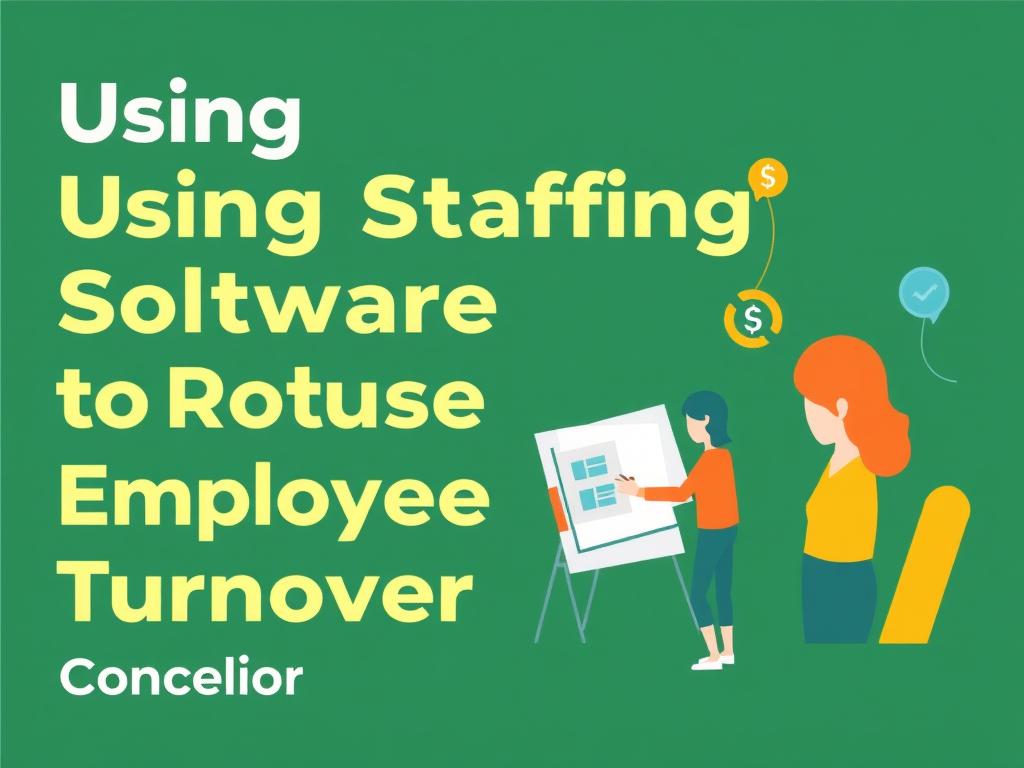
Using staffing software to reduce employee turnover represents a smart, modern approach to workforce management that benefits both employers and employees. By streamlining recruitment, improving scheduling, fostering communication, and enabling performance tracking, these digital tools address many root causes of turnover. While challenges such as cost and user adoption must be managed, the long-term benefits of a more engaged and stable workforce make staffing software a worthy investment. For businesses eager to reduce turnover and build a happier, more productive team, embracing staffing software is not just an option—it’s becoming a necessity in today’s competitive labor market.




